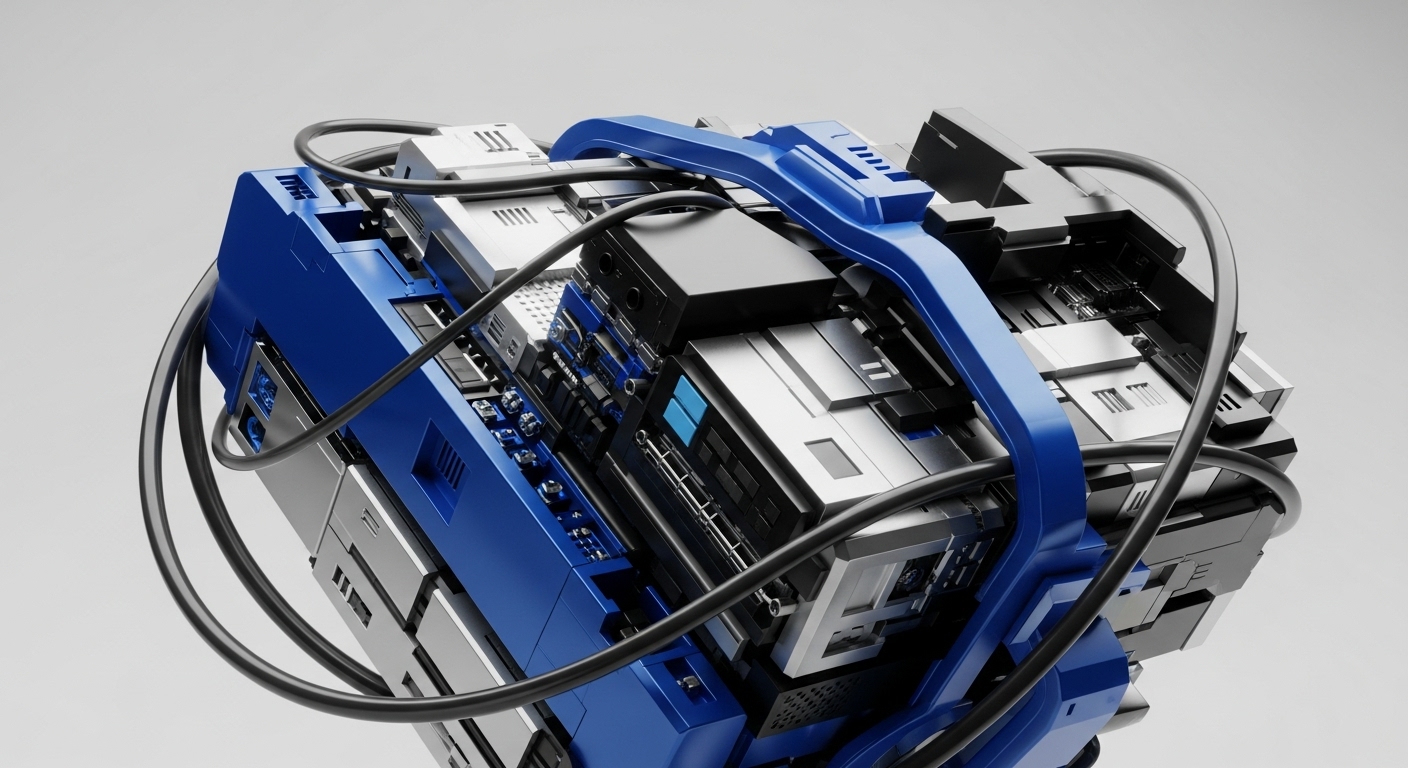
Briefing
The core problem addressed is the high prover complexity and the reliance on expensive, statement-dependent preprocessing in prior Succinct Non-interactive Arguments of Knowledge (SNARKs). The foundational breakthrough is the construction of the first publicly-verifiable, complexity-preserving SNARK in the plain model, achieved through a novel technique of recursive composition and the Proof-Carrying Data (PCD) framework. This transformation eliminates the need for expensive offline setup and reduces the prover’s time and space complexity to be nearly identical to classical NP verification, fundamentally changing the architecture of verifiably delegated and distributed computation.

Context
Before this work, existing SNARK constructions were largely categorized into two groups ∞ those requiring an expensive, statement-specific preprocessing phase or those only secure in the random oracle model. This limitation meant that for every new computation to be proven, a significant, one-time computational cost was incurred, or the security model was weakened. The prevailing challenge was to achieve both public verifiability and complexity-preserving prover efficiency simultaneously within the standard cryptographic (plain) model.

Analysis
The core mechanism is a bootstrapping transformation that converts any SNARK with an expensive preprocessing phase into a complexity-preserving one by recursively composing the SNARK itself. Conceptually, a prover uses the original SNARK to generate a proof that the previous proof was generated correctly. This recursion is formalized within the Proof-Carrying Data (PCD) framework, which extends the SNARK concept to distributed, sequential computations. The process essentially uses a “weak” PCD system for shallow computations, which is then leveraged to construct a stronger, complexity-preserving SNARK, requiring only the standard assumption of collision-resistant hashing.

Parameters
- Prover Time/Space Complexity ∞ Essentially the same as classical NP verification. (This is the key metric of the “complexity-preserving” property)
- Setup Requirement ∞ Eliminates expensive statement-specific preprocessing. (The key structural change)
- Core Assumption ∞ Collision-Resistant Hashing. (The minimal cryptographic assumption)

Outlook
This theoretical breakthrough unlocks new avenues for scalable decentralized systems, particularly in Layer 2 architectures like rollups. The ability to recursively compose proofs and delegate computation efficiently without a trusted setup or high prover overhead is the foundational primitive for achieving infinite scalability and stateless clients. Future research will focus on optimizing the practical implementation of this recursive composition and extending the PCD framework to complex, arbitrary distributed computations.

Verdict
The introduction of complexity-preserving SNARKs via recursive composition establishes the foundational cryptographic primitive for truly scalable, trustless, and publicly verifiable decentralized computation.
